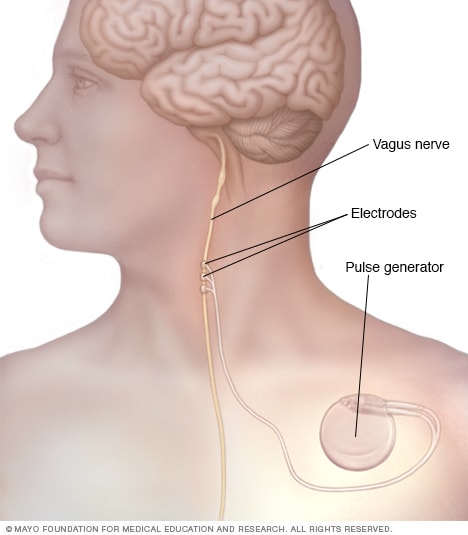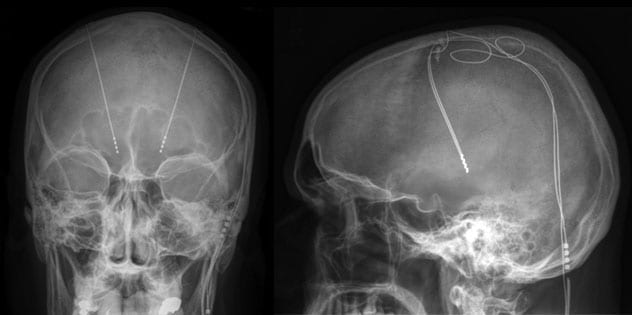Doctors generally begin by treating epilepsy with medication. If medications don't treat the condition, doctors may propose surgery or another type of treatment.
Medication
Most people with epilepsy can become seizure-free by taking one anti-seizure medication, called anti-epileptic medication. Others may be able to decrease the frequency and intensity of their seizures by taking a combination of medications. Your doctor will advise you about the appropriate time to stop taking medications.
More than half the children with epilepsy who aren't experiencing epilepsy symptoms can eventually discontinue medications and live a seizure-free life. Many adults also can discontinue medications after two or more years without seizures.
Finding the right medication and dosage can be complex. Your doctor will consider your condition, frequency of seizures, your age and other factors when choosing which medication to prescribe. Your doctor will also review any other medications you may be taking, to ensure the anti-epileptic medications won't interact with them.
Your doctor likely will first prescribe a single medication at a relatively low dosage and may increase the dosage gradually until your seizures are well-controlled.
Anti-seizure medications may have some side effects. Mild side effects include:
- Fatigue
- Dizziness
- Weight gain
- Loss of bone density
- Skin rashes
- Loss of coordination
- Speech problems
- Memory and thinking problems
More severe but rare side effects include:
- Depression
- Suicidal thoughts and behaviors
- Severe rash
- Inflammation of certain organs, such as your liver
To achieve the best seizure control possible with medication, follow these steps:
- Take medications exactly as prescribed.
- Always call your doctor before switching to a generic version of your medication or taking other prescription medications, over-the-counter drugs or herbal remedies.
- Never stop taking your medication without talking to your doctor.
- Notify your doctor immediately if you notice new or increased feelings of depression, suicidal thoughts, or unusual changes in your mood or behaviors.
- Tell your doctor if you have migraines. Doctors may prescribe one of the anti-epileptic medications that can prevent your migraines and treat epilepsy.
At least half of all people newly diagnosed with epilepsy will become seizure-free with their first medication. If anti-epileptic medications don't provide satisfactory results, your doctor may suggest surgery or other therapies. You'll have regular follow-up appointments with your doctor to evaluate your condition and medications.
Surgery

Epilepsy surgery
Surgery is most commonly done when tests show that your seizures originate in a small, well-defined area of your brain that doesn't interfere with vital functions such as speech, language, motor function, vision or hearing. In surgery, your doctor removes the area of your brain that's causing the seizures.
If your seizures originate in an area of the brain that controls movement, speech and other functions, you may be awake during part of the surgery. Doctors will monitor you and ask you questions during the procedure.
If your seizures originate in a part of your brain that can't be removed, your doctor may recommend a different type of surgery in which surgeons make several cuts in your brain (multiple subpial transection). These cuts are designed to prevent seizures from spreading to other parts of your brain.
Although many people continue to need some medication to help prevent seizures after successful surgery, you may be able to take fewer drugs and reduce your dosages.
In a small number of cases, surgery for epilepsy can cause complications such as permanently altering your thinking (cognitive) abilities. Talk to your surgeon about his or her experience, success rates and complication rates with the procedure you're considering.
Therapies
-
Vagus nerve stimulation. In vagus nerve stimulation, doctors implant a device called a vagus nerve stimulator underneath the skin of your chest, similar to a heart pacemaker. Wires from the stimulator are connected to the vagus nerve in your neck.
The battery-powered device sends bursts of electrical energy through the vagus nerve and to your brain. It's not clear how this inhibits seizures, but the device can usually reduce seizures by 20 to 40 percent.
Most people still need to take anti-epileptic medication, although some people may be able to lower their medication dose. You may experience side effects from vagus nerve stimulation, such as throat pain, hoarse voice, shortness of breath or coughing.
-
Ketogenic diet. Some children with epilepsy have been able to reduce their seizures by following a strict diet that's high in fats and low in carbohydrates.
In this diet, called a ketogenic diet, the body breaks down fats instead of carbohydrates for energy. After a few years, some children may be able to stop the ketogenic diet and remain seizure-free.
Consult a doctor if you or your child is considering a ketogenic diet. It's important to make sure that your child doesn't become malnourished when following the diet.
Side effects of a ketogenic diet may include dehydration, constipation, slowed growth because of nutritional deficiencies and buildup of uric acid in the blood, which can cause kidney stones. These side effects are uncommon if the diet is properly and medically supervised.
Potential future treatments
Researchers are studying deep brain stimulation as a potential treatment for epilepsy. In deep brain stimulation, surgeons implant electrodes into a specific part of your brain. The electrodes are connected to a generator implanted in your chest or the skull that sends electrical pulses to your brain and may reduce your seizures.
Implantable, pacemaker-like devices that help prevent seizures are also under investigation. These responsive stimulation or "closed loop" devices analyze brain activity patterns to detect seizures before they happen and deliver an electrical charge or drug to stop the seizure.
In addition, new minimally invasive surgical techniques, such as MRI-guided laser ablation, show promise at reducing seizures with fewer risks than traditional open brain surgery for epilepsy.
Researchers are also studying stereotactic radiosurgery as a potential treatment for some types of epilepsy. In this procedure, doctors direct radiation at the specific area of your brain that is causing your seizure.


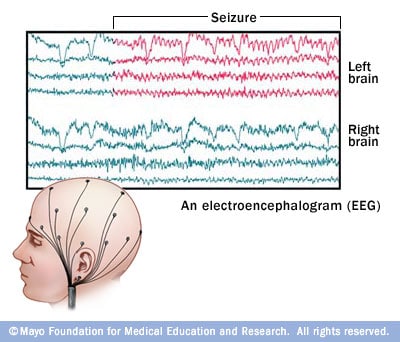
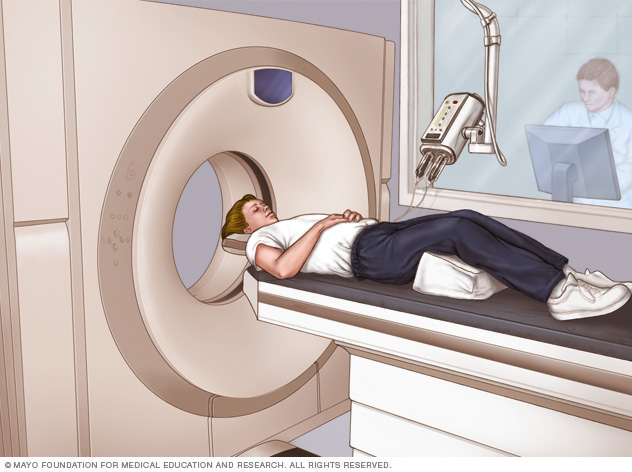
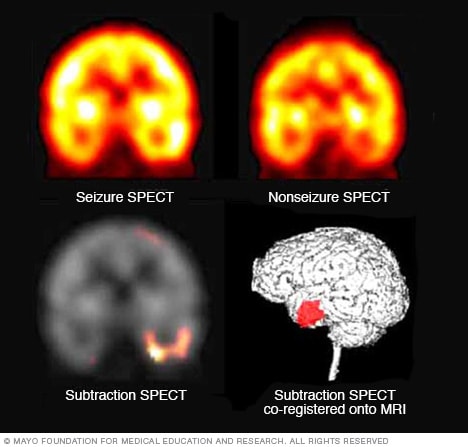
 Epilepsy surgery
Epilepsy surgery